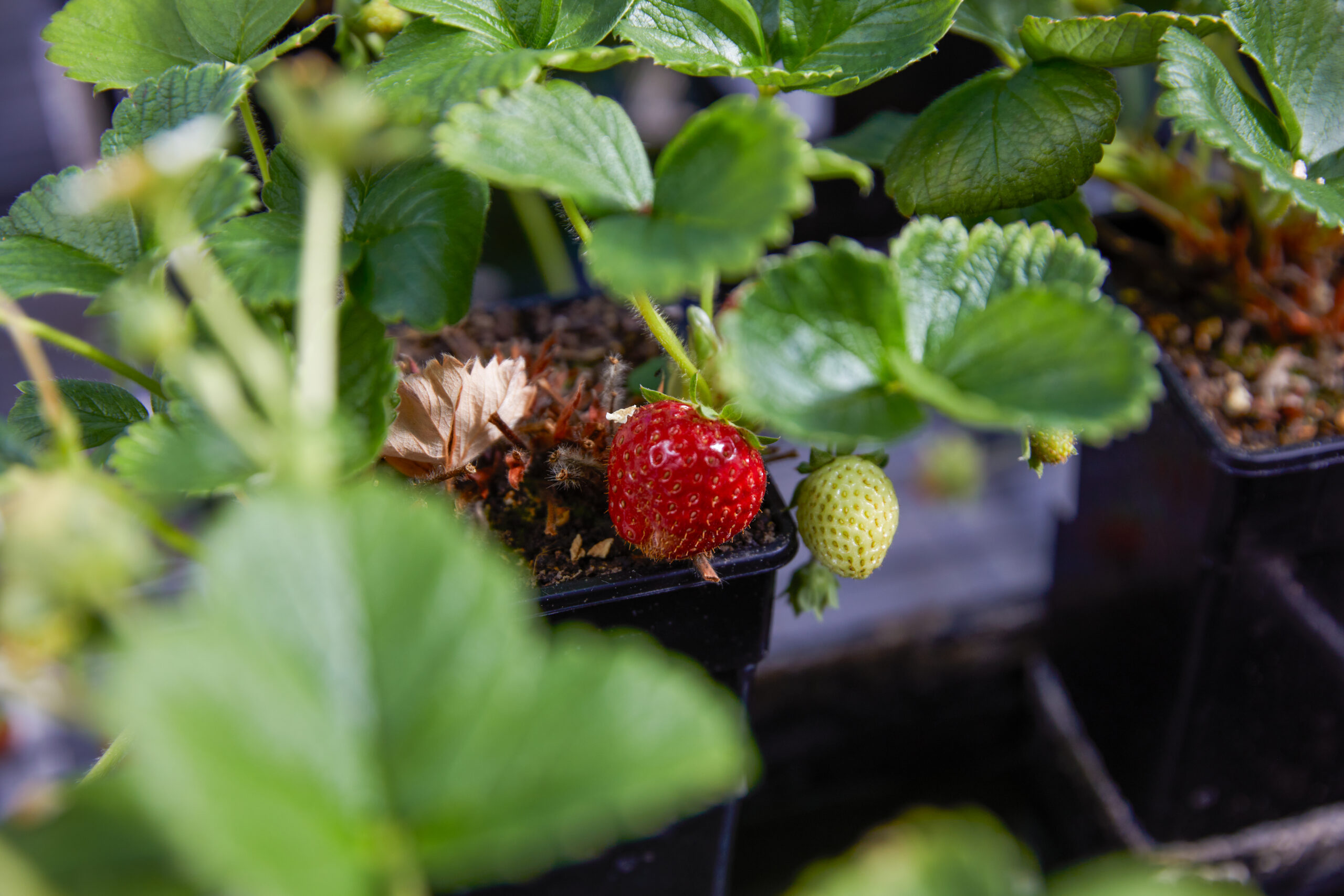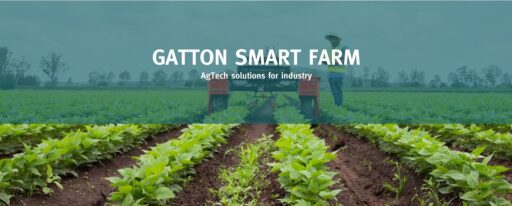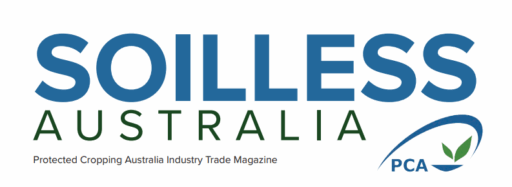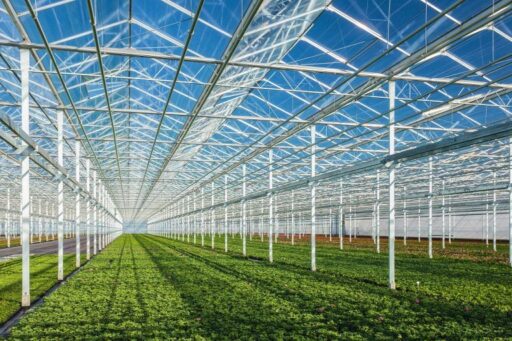

Could you briefly describe your career path so far?
My career began with a PhD in applied bioinformatics at the University of Queensland, where I focused on crop genomics and developed foundational skills in analyzing complex plant datasets. Seeking to broaden my computational expertise, I transitioned to medical research at the Telethon Kids Institute in Western Australia, working in systems immunology and translational genomics—an experience that deepened my understanding of various ‘omics datasets in the context of clinical research. This diverse background proved invaluable when I joined the Lewsey Lab and the ARC Medicinal Agriculture Hub, where I could apply both my original plant genomics expertise and newly acquired medical research methods to advance crop improvement.
Now, at the PC Hub, I’m excited to apply this interdisciplinary experience to tackle the urgent challenges of sustainable and climate-resilient agriculture.
What drew you to the field of protected cropping (or your area of expertise)?
During my Master’s, I became fascinated by how computational tools could rapidly process massive NGS datasets, transforming what would have been months of manual analysis into efficient, automated workflows. This efficiency meant researchers could spend more time on the critical work of biological interpretation and hypothesis generation rather than data processing bottlenecks.
What this means for PC is that computational approaches can unlock complex patterns in plant genomics and physiology that traditional methods cannot detect, ultimately enabling data-driven insights that could improve crop performance and agricultural sustainability.
Can you tell us about the main focus of your work at the PC Hub? Why is this research important?
My work at the PC Hub focuses on applying computational biology to optimize protected cropping systems for enhanced sustainability and productivity. As part of a multidisciplinary team, I adapt and develop analytical pipelines that help biologists extract actionable insights from experimental datasets.
Currently, I’m working on several key projects, including investigating how plant hormones regulate secondary metabolite production in crop species—research that could lead to enhanced nutritional profiles and natural pest resistance without the use of chemical inputs.
From your perspective, what is the role of protected cropping in the future of agriculture?
From a computational perspective, protected cropping is likely to generate controlled, high-resolution datasets that will be crucial to developing predictive models and AI-driven optimization systems. These will transform agriculture, making food production more sustainable and economically viable in the face of climate change.
What aspects of your role do you find most rewarding?
The most rewarding aspect of my role is collaborating within multidisciplinary teams to tackle complex biological questions that no single discipline could solve alone. Equally fulfilling is co-supervising and mentoring HDR students, watching them develop their own interdisciplinary skills and scientific confidence. Seeing students grasp how computational tools can unlock biological understanding, then apply these skills to their own research questions, gives me hope that the next generation of researchers will be even better equipped to address the complex challenges facing sustainable agriculture
What skills or experiences have been most valuable in your career so far?
My knowledge of coding, molecular biology and statistics have been essential to adapting/designing computational workflows to address biological questions and interpret the results. Equally valuable has been developing science communication skills, particularly learning to tailor presentations and written reports for different audiences. Perhaps most transformative has been my experience working within multidisciplinary teams on various projects, which taught me how different expertise areas complement each other and how to facilitate productive collaboration across different disciplines.
Can you share a challenge you’ve faced in your research and how you overcame it?
A challenge I encountered was working with a non-model crop species that lack established genomics resources, forcing me to develop computational workflows from scratch rather than relying on existing pipelines designed for model organisms like Arabidopsis. What I found most rewarding was that once these workflows were established, they proved transferable to other non-model species, creating reusable computational resources for the broader research community.
What has been a professional accomplishment you are most proud of?
I’m most proud of my research contributions and mentoring—seeing my application of computational approaches translated into published research that advances our understanding of plant biology, while simultaneously guiding HDR students to develop their own interdisciplinary expertise in bioinformatics.
Do you have any advice for early-career researchers or those interested in working in this field?
Don’t just focus on coding skills, but invest time understanding plant physiology, genetics, and agricultural systems, as this biological intuition will make you a far more effective computational biologist. Seek out interdisciplinary collaborations early in your career. Most importantly, develop communication skills to bridge the gap between technical and non-technical audiences.
Is there anything else you’d like to share?
Before I began my journey as a bioinformatician, I started in the wet lab, and I credit much of my achievements to this foundational hands-on research experience. Understanding the experimental process has been invaluable in designing meaningful computational analyses and interpreting results with appropriate biological context. I’d encourage anyone entering bioinformatics to gain some wet lab experience, if possible, as it provides an intuitive understanding of where the data comes from and why certain analytical approaches make biological sense, creating a stronger foundation for impactful computational research.
“From a computational perspective, protected cropping is likely to generate controlled, high-resolution datasets that will be crucial to developing predictive models and AI-driven optimization systems. These will transform agriculture, making food production more sustainable and economically viable in the face of climate change.” — Bhavna Hurgovin
Stay tuned for updates on our research, industry collaborations, and opportunities to engage with the PC Hub.
🔗 Follow us on LinkedIn to stay connected!









